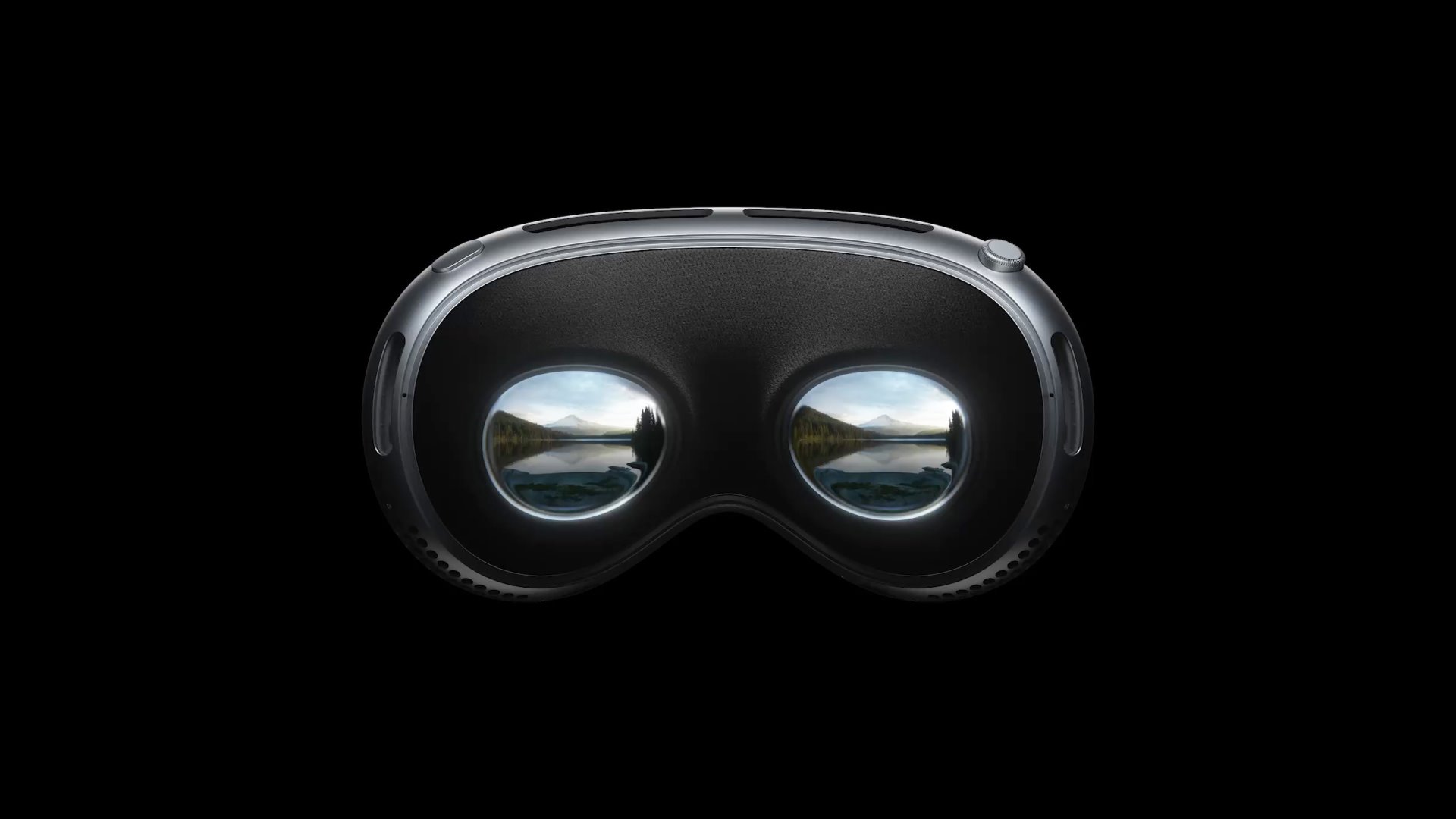All eyes in the XR industry are on Meta Connect 2023, where they just announced Meta’s new headset, Meta Quest 3. The new headset, which was announced earlier this year, hopes to follow the popularity of Meta’s Quest 2, which has been the best-selling VR headset of all time.
Meta continues to push the XR industry forward with innovation in both hardware and software. Meta’s continued investment in this space cannot be overstated, as each successive product release drives more user adoption of XR tech. Coupled with Apple’s upcoming release of its highly touted Vision Pro headset and HTC’s leap forward with its Vive XR Elite, the XR industry is on the precipice of experiencing another boom.
Meta has been a leader in XR ever since it purchased Oculus and its position and influence in the space is strong. Meta is building on this position by announcing its new generation of the Quest headset, but even more importantly, its improved capabilities for content creators and users–the populations that it will benefit most.
Here at Strivr, we are excited about these developments from Meta. As a Meta ISV partner, our work with the company’s hardware dates back to the days of Oculus (Rift & Go) and the earlier versions of Quest. Strivr is the leader in leveraging VR specifically for the Enterprise, and we look forward to partnering with Meta to further advance the XR industry. The ultimate winners will be our customers, and the ecosystem of content creators, who can rest assured the big players in the industry are continuously investing to elevate the technology experience and support infrastructure in concert with rapidly growing adoption in the enterprise.
A closer look at the Meta Quest 3
The Quest 3 is a significant upgrade from the Quest 2. It offers a slimmer form factor, dramatically improved performance and a fine-tuned focus on mixed reality (MR) capabilities via new color passthrough cameras and a depth sensor.
The slimmer profile is mainly due to the use of pancake lenses. A brand new depth sensor and upgraded camera array allow for a full color video passthrough that has 10x more pixels than the black and white passthrough of the Quest 2. The addition of the depth sensor allows the Quest 3 to grasp “a more accurate representation of your play space” while “intelligently understanding and responding to objects in your physical space”. The Quest 3 is a significant step forward in the evolution towards affordable and high-quality MR in headsets.
The Quest 3 features Meta’s highest-resolution display to date. With an on-paper resolution of 2064×2208 per eye, it is nearly a 30% increase in resolution from Quest 2. In addition, a 120Hz refresh rate won’t just be experimental any longer-it will be standard and out-of-the-box. The Snapdragon XR2 Gen 2 chip with double the GPU performance to drive its higher-res displays.
Meta has always maintained developer-friendliness with its software and SDK, especially with maintaining backward compatibility. Everything that worked on Quest 2 is expected to work on Quest 3 without interruption, in addition to everything new and specific to Quest 3.
All of these advancements are significant steps in the evolution of higher fidelity, more comfort, and better ease of use, which is extremely important when we think about mass adoption and the use of headsets for longer periods of time.
Content is key
It’s not all about the hardware, though. The key to the success of the Quest 3 lies in empowering developers and creators to create high-quality content for users. Strivr knows firsthand that quality content is key to the adoption of headsets.
We recently announced advancements in our content creation process and design of immersive experiences using Generative AI. Creators who are committed to high-quality content should consider Strivr’s Partner Program, which allows developers to take advantage of our position as a category and industry leader in immersive learning with leading Fortune 1000 customers.
In the past few months, we’ve seen notable advancements in Generative AI from Meta. From image generation tech (IC-GAN and CM3Leon), to speech tech (SeamlessM4T), video generation tech (Make-A-Video), to an open source large language model (LLaMA 2) for content creators to use for their specific product use cases. Meta believes their investments and advancements in AI will accelerate the content creation process, make content creation more accessible, and increase the content creator base.
Looking ahead
In all, this is an exciting week for XR as another device comes to the market that makes VR and MR more accessible and more valuable for the ecosystem. Meta is not just furthering its own products but is raising the tide for the industry as a whole, continuing to push XR into the mainstream with consumers and businesses. As a player completely invested in the advancement of our industry, we at Strivr hope to see more products and solutions that spur usage and adoption, introducing more people and organizations to the wide-ranging benefits of XR.
If you are a large business and want to experience the industry-leading Strivr VR platform for yourself, you can try it on the Quest today through our 30-day Get Started offering.




